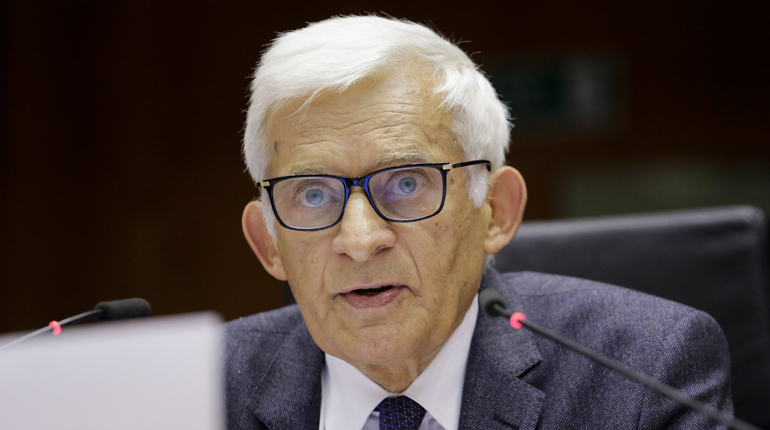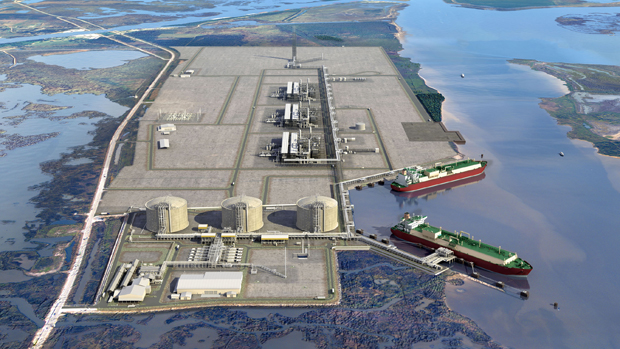Highlights
- Brazil has overtaken Mexico as Latin America's largest LNG importer
- Venezuela is struggling to meet domestic demand as its supply crunch worsens
- Output from the Marcellus shale will drive overall gas production growth in the United States, despite low prices
- Gas prices in the US and Canada will remain under pressure as another gas glut looms
Economic overview
Brazil’s central bank raised its key benchmark interest rate by 50 basis points to 13.75% in June in a bid to control inflation, which is hampering the country’s growth prospects.
The bank is considering further rate increases in the next few months if inflation remains high. Its target is to keep inflation at 4.5%, plus or minus 2%. However, inflation was 8.47% year on year in May, indicating Brazil’s policy is having little effect.
Brazil’s GDP growth rate could fall further if the bank continues with its tight monetary policy. The country’s GDP growth rate fell by 1.6% in Q1 2015 on an annual basis – the fourth consecutive quarter of year-on-year contraction. Meanwhile, Brazil’s industrial production has not grown on an annual basis since February 2014. These factors will harm upstream investment in the country.
Quarterly and annual year-on-year GDP growth rates
| Q3 2014 | Q4 2014 | Q1 2015 | 2015 | 2016 | 2017 | |
| US | 2.7% | 2.4% | 2.7% | *3.1% | *3.1% | *2.7% |
| Canada | 2.8% | 2.6% | 2.1% | *2.2% | *2.0% | *2.0% |
| Mexico | 2.2% | 2.6% | 2.5% | *3.0% | *3.3% | *3.5% |
| Brazil | -0.6% | -0.2% | -1.6% | *-1.0% | *1.0% | *2.3% |
| Argentina | 0.0% | 0.4% | *-0.3% | *-0.3% | *0.1% | *0.3% |
Meanwhile, the United States Federal Reserve is expected to start increasing the country’s benchmark interest rate from September 2015. This will support the dollar index, which reflects the strength of the US dollar against major global currencies. The index has averaged 95.89 so far this month – 19.1% higher on an annual basis. A strong index makes oil, gas and LNG imports expensive for Latin American customers.



